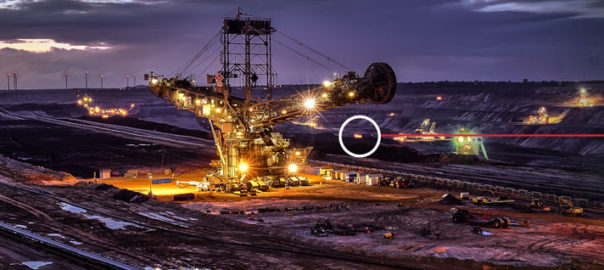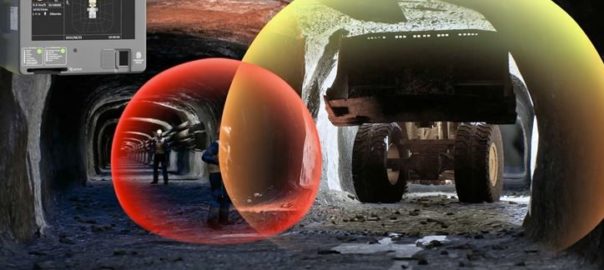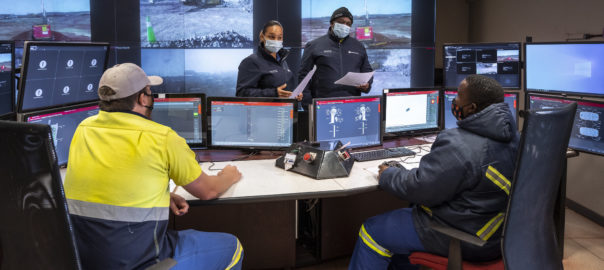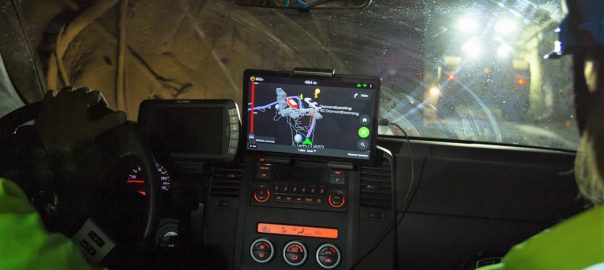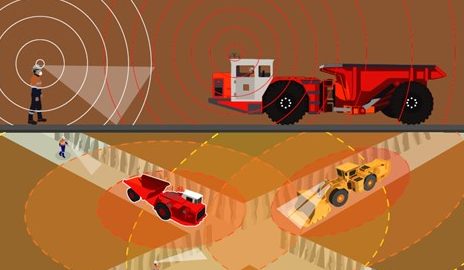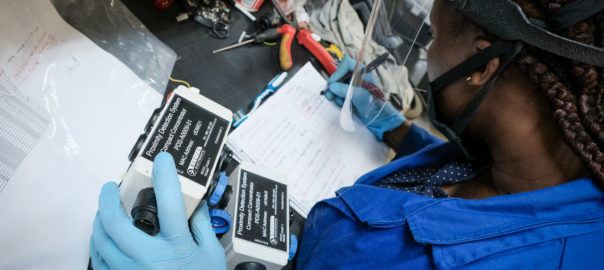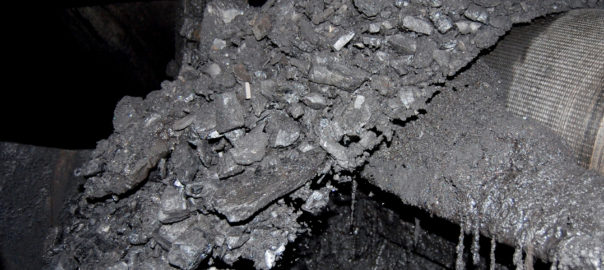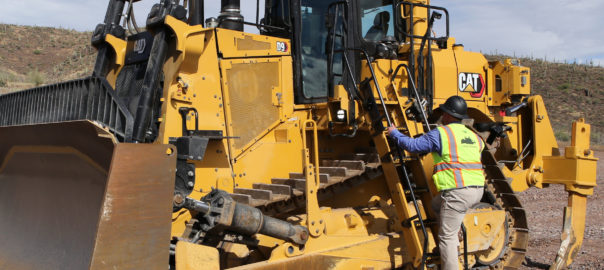BCX Wireless Solutions, one of the largest systems integrators in Africa and a division of Telkom, has partnered with Huawei, MPI Holdings, Umnotho Technologies and Dahua to bring 5G connectivity and 5G-enabled technologies to the Nungu Mine in Elandspruit, South Africa.
The deployment of the latest 5G-enabled technologies is set to radically enhance the mine’s operational efficiencies and safety, according to BCX.
“This is a game changer for the entire industry and the hundreds of thousands of people it employs,” Neo Phukubje, Managing Executive at BCX, said.
The mine’s improved wireless connectivity has enabled data analytics and automation for video monitoring via drone technology, integrated connectivity with handheld devices and tablets, and a facial recognition proximity detection system, the company said.
Wireless technology in the form of 5G creates possibilities to transform every area of the operation, from workplace safety to improved productivity through predictive intelligence, BCX says.
Gert Venter from MPI said: “The importance placed on the partner ecosystem in the project helped develop vital innovations in safety. This includes 5G-enabled proximity alert between two heavy vehicles for collision prevention, which can mean the difference between life and death.”
Frenndy Wang, Channel Department Director at Huawei South Africa’s Enterprise Division, says in addition to improved safety and operational efficiency, another differentiator is that 5G allows for AI-based real-time data analytics, a key to smart mining.
Wang said: “Data is a valuable asset for miners, enabling ‘data-driven decision making‘ in the critical mining environment. Fifth generation connectivity will make the South African mining sector globally competitive. We are excited about working together with our partners like BCX to drive digital transformation in the mining sector, which is such a crucial industry in the economy.”
The project at the Nungu Mine consists of two phases: above-ground and underground. In phase one, BCX deployed 5G-enabled cameras at critical points at the mine to enable:
- Proximity detection, enabled by IoT sensors and digital processing technologies;
- A stockpiling monitoring system, enabled by footage collected via drones and processed via the digital edge computing systems;
- In-cab connectivity to monitor driver fatigue and collision prevention to minimise the number of incidents and collisions; and
- Pedestrian Protection System, enabling the safety and monitoring of miners on site.
Phase two will see the extension of connectivity underground to enable a fully connected smart mine that will increase security, supply motion sensors that trigger an alarm and enables the mine’s control room to monitor underground activity effectively, according to BCX.
Phukubje concluded: “As proven with this launch, wireless technology can be harnessed in powerful ways that make a lasting difference. It builds on our confidence and excitement to work in partnership with all industries from finance, aviation and agriculture to healthcare so they too can benefit from becoming 5G-enabled, fully integrated and connected to a new world of infinite possibilities.”







